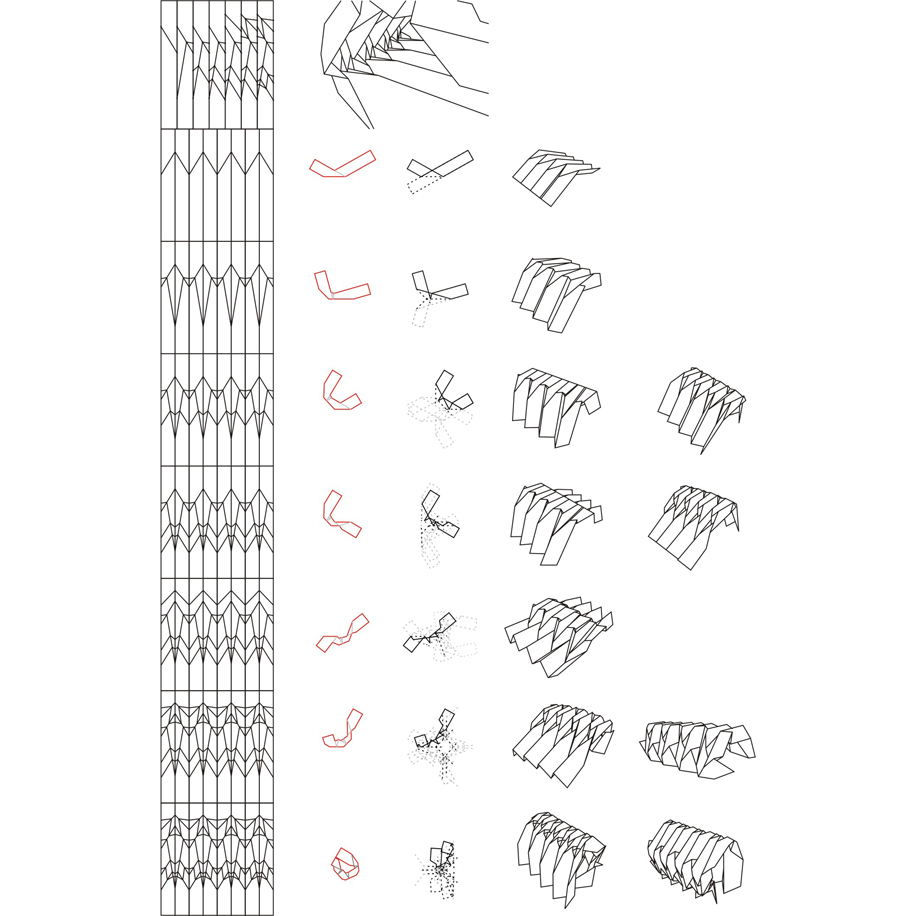
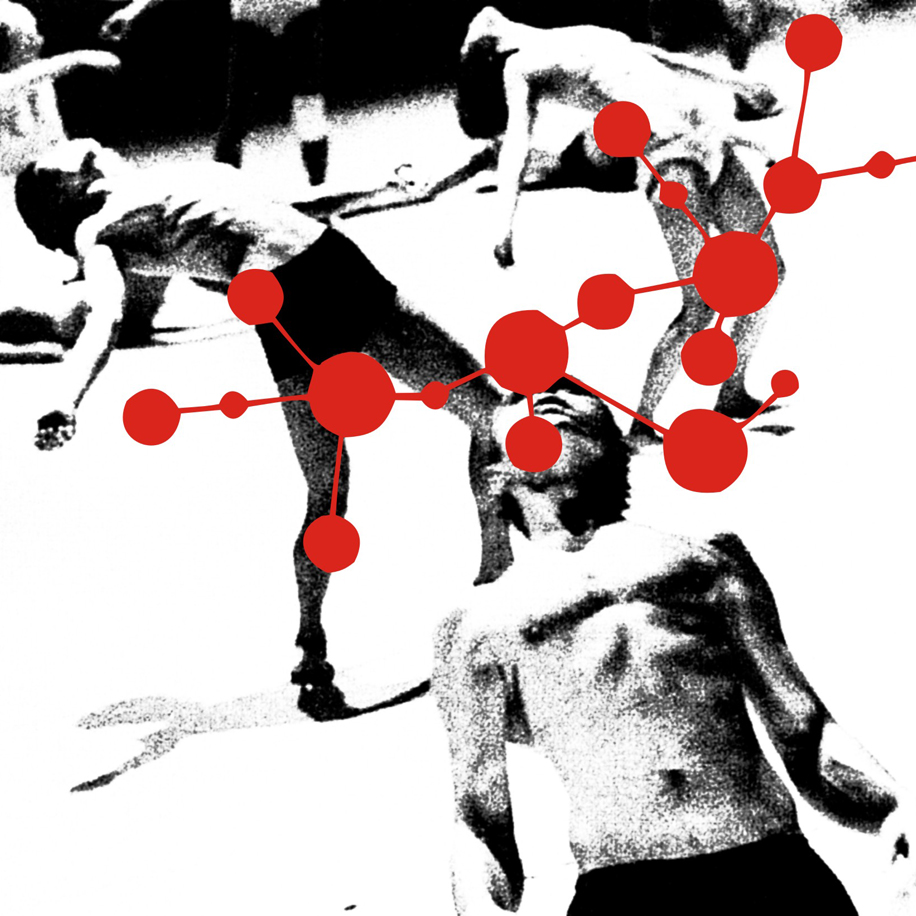
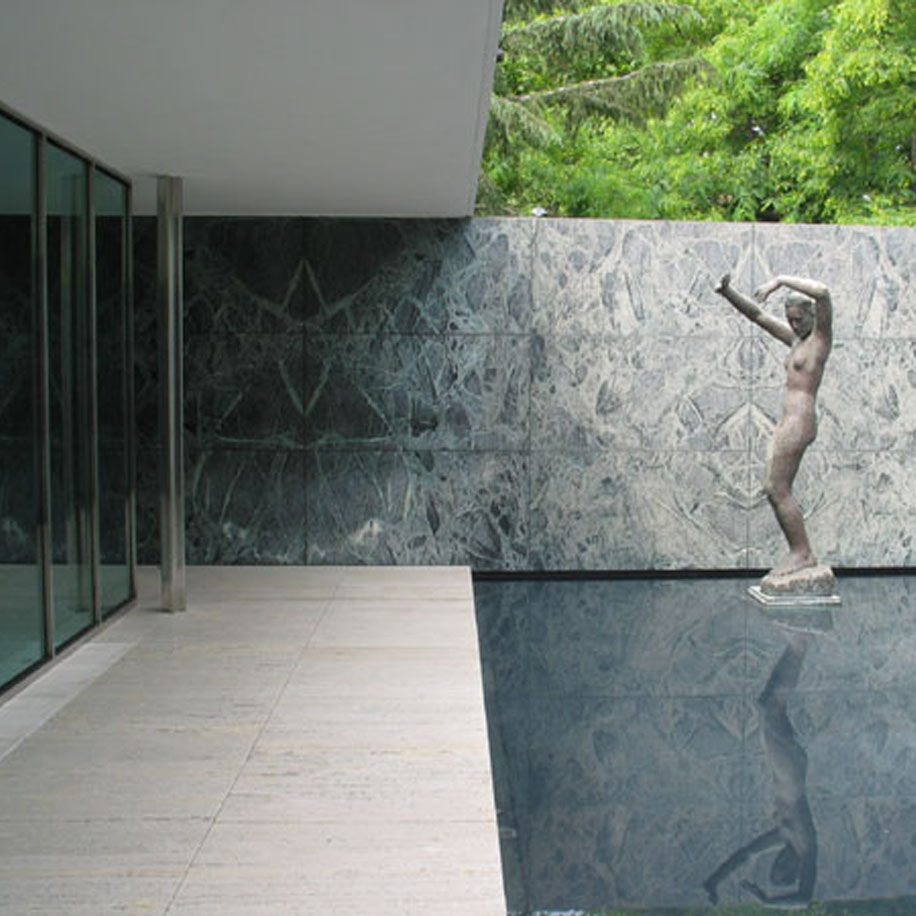

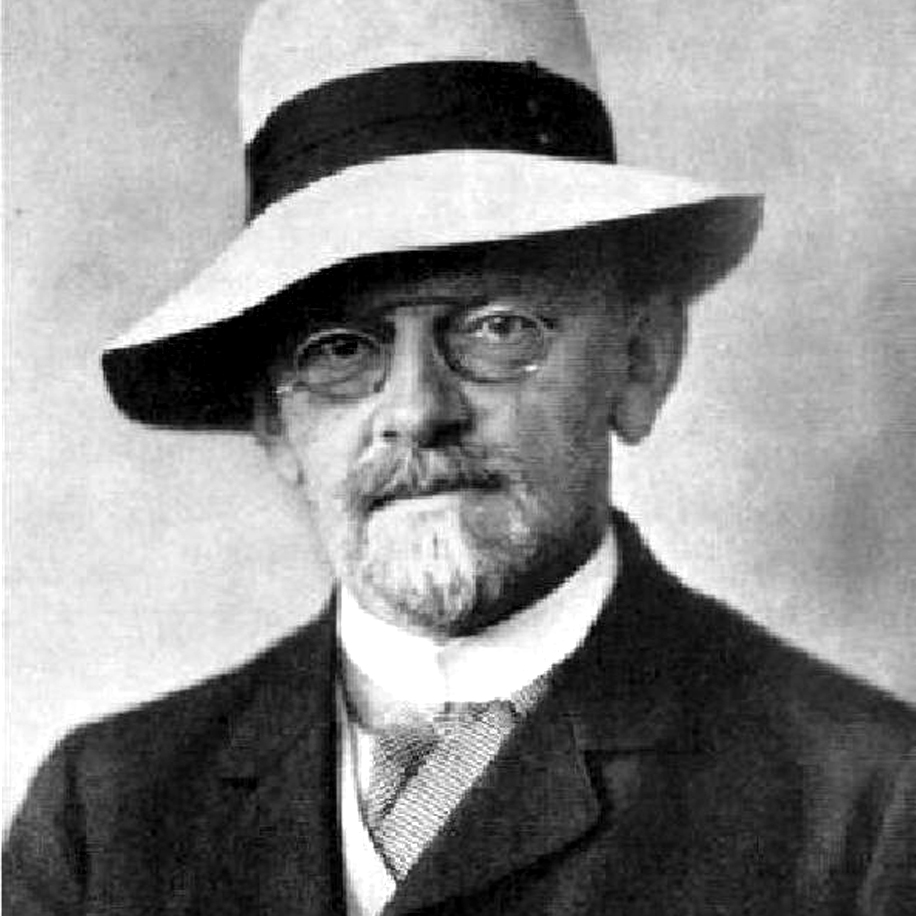
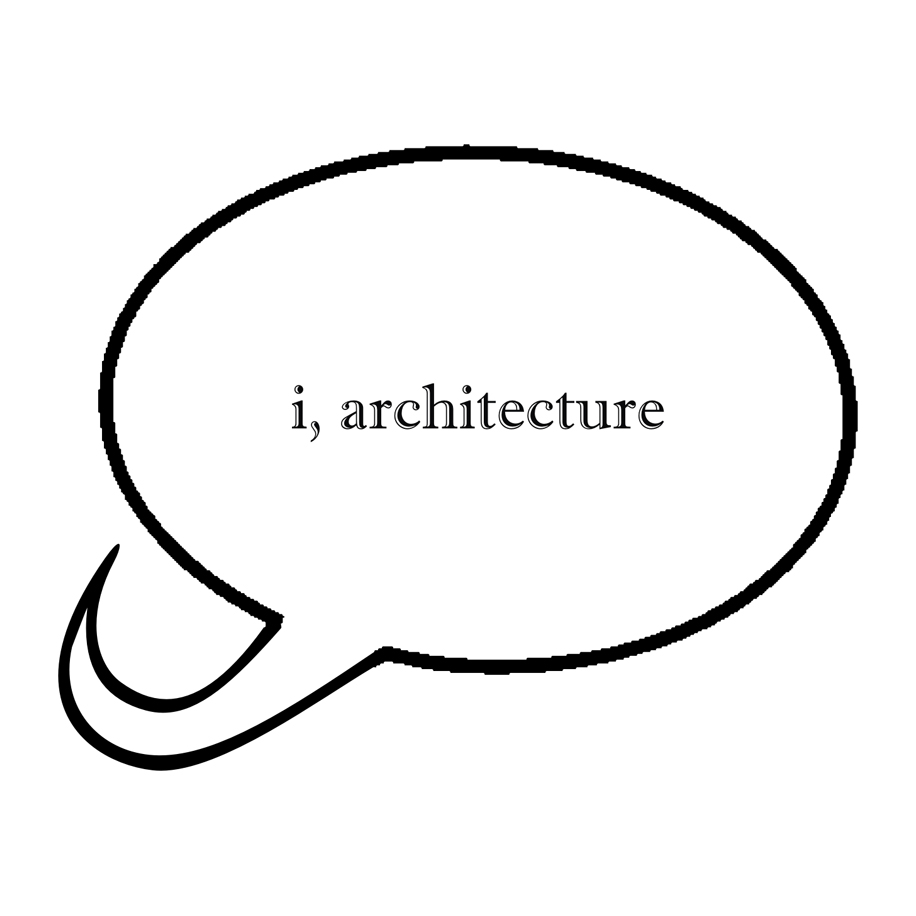


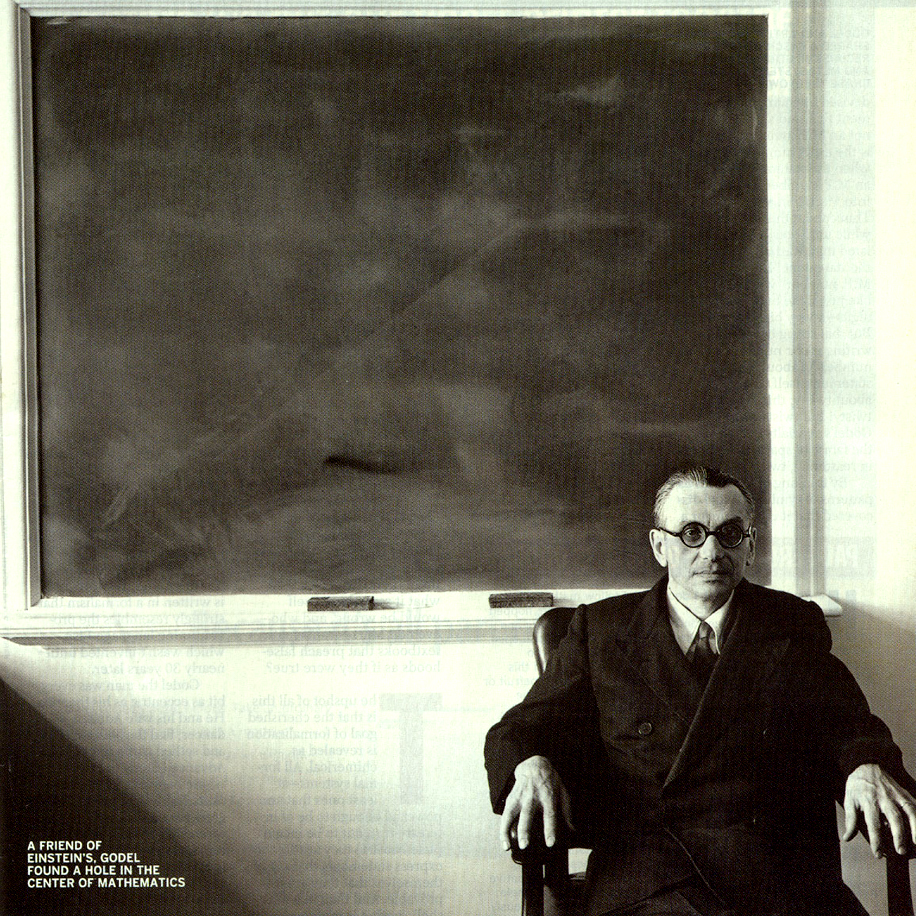



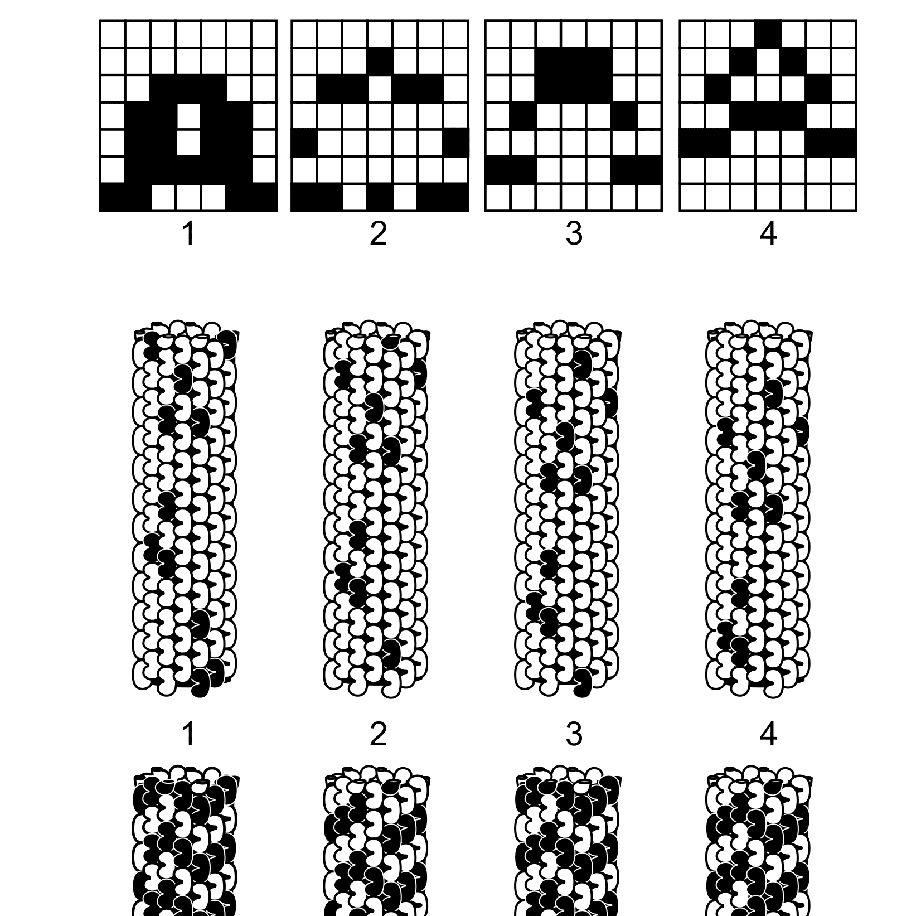


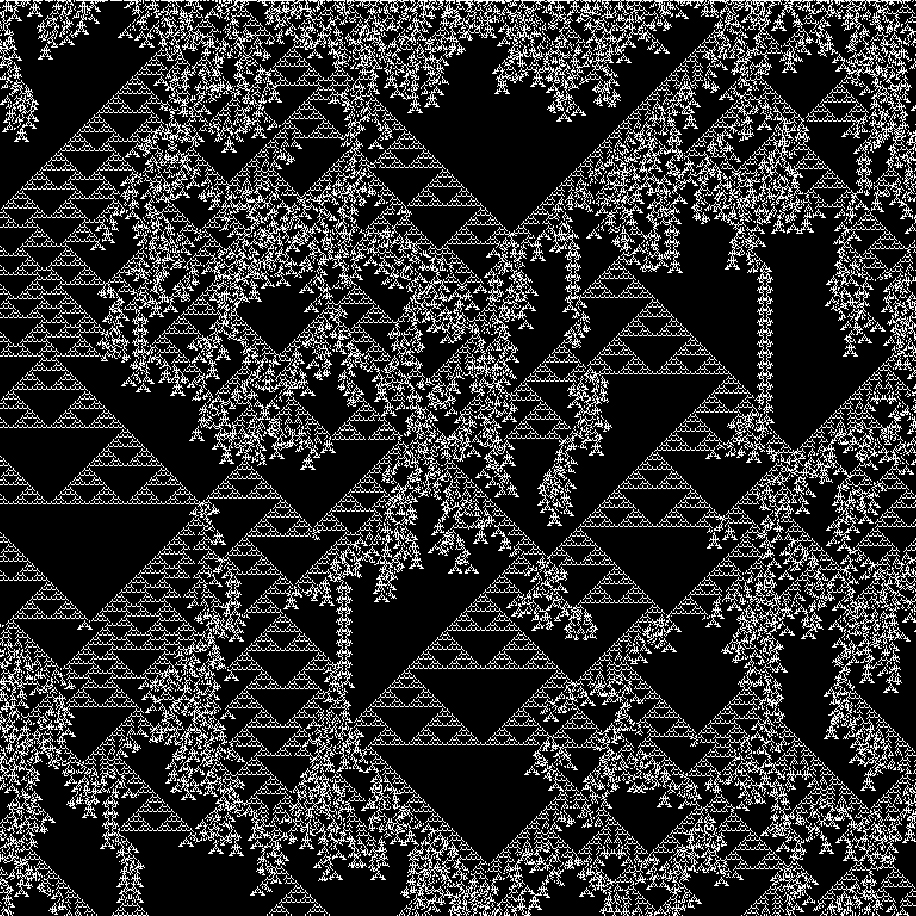
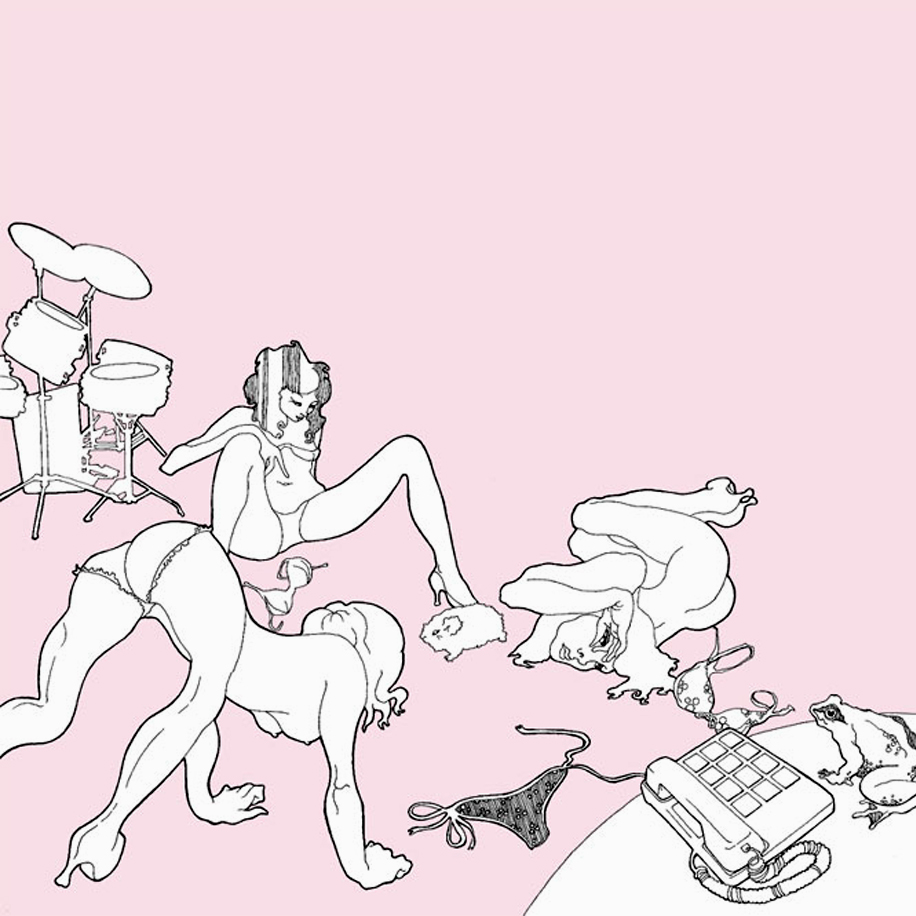

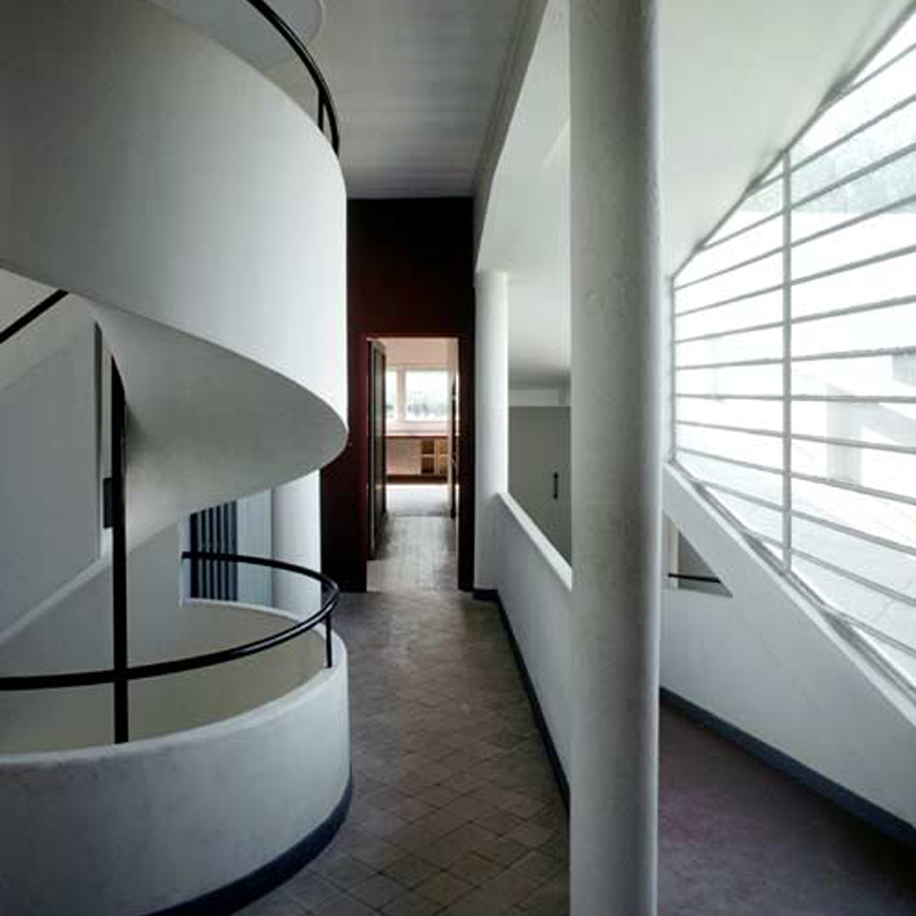
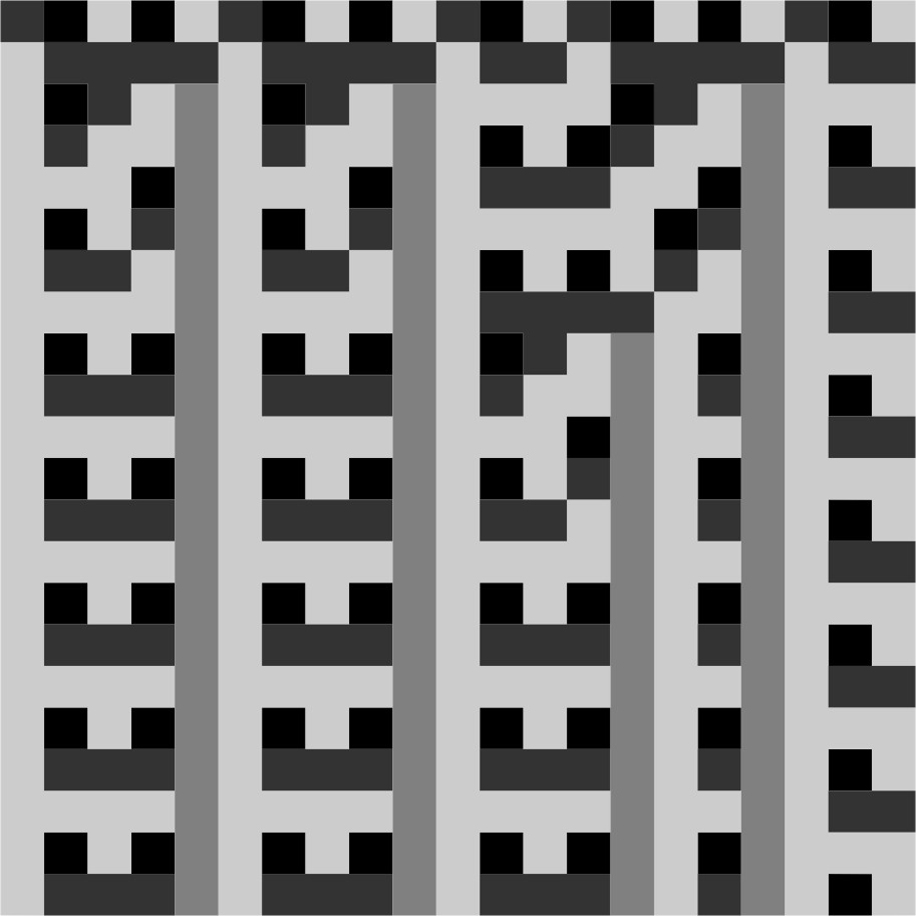
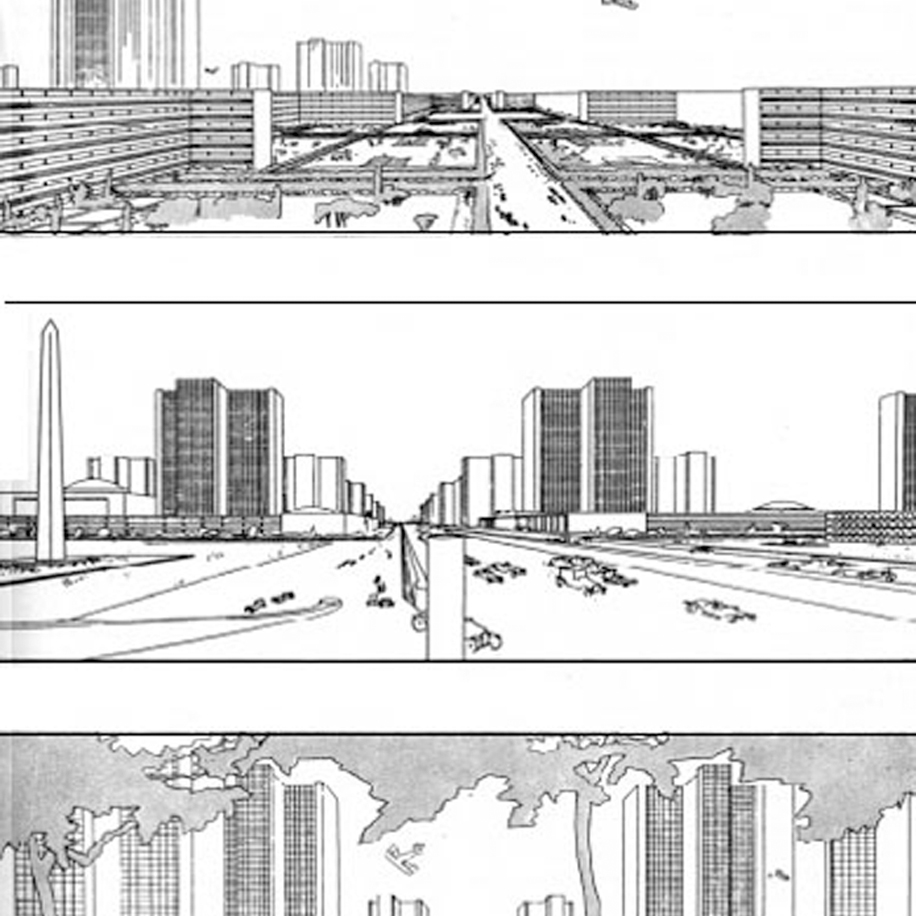









agents provocateurs: Ezio Blasetti, Dave Pigram
...follow the comment
ezio said...
agent provocateurs: ezio blasetti + dave pigram
the building designer’s finite infinte-hotel building: design of a building competition
type : open
registration : october 31, 2005
deadline submission : december 9, 005
deadline elegibility : the competition is open to all professional design
ers, students of architecture, urban design, land
scape architecture providing that they have been
expressely invited by the agent provocateurs, and
subject to the following limitations.
limitation : The following person(s) may not participate in the
competition:
- An individual or an organization affiliated with the
Promoter as an advisory committee member, or
a sponsored researcher; and anyone affiliated
otherwise in a continuing professional relationship
with the promoter.
- Members of the Competition Jury, and Staff of
organizations in which a Jury member serves as a
principal, or an adviser.
- Persons who prepared the Competition Brief in a
direct or an indirect way.
language : all work without exception must be submitted in
binary form; all non ‘zero-or-one” characters will be
ignored.
entry fee : risk of insanity
awards : fame, prestige and possible publication in a book*
*if all work is submitted at 00dpi (tiff format).
the competition results and further investigation will be published by the agents provocateur on www.supertask.com
summary:
architecture does not conventionally offer the answers to many of serious questions that may be asked of it. these questions include: “what is architecture?”,
“how do we contemplate infinity with our finite brains and in a finite world (and in a finite semester)?”, “what is required for architecture to become genetic?”, “what do lindenmeyer systems, origami, higher-dimensionality and self-organisation have to do with it all?
instead of answering these questions, architecture too often remains a voluntary prisoner of its own internal historical legacy or external forces that priveledge the morphodynamic and deny it its own morphogenetic impetus. we believe that architecture should be the presentation of its own thesis, and that thesis must be founded on the essential components of a new, but already well established, architectural concept as embodied in the following 5½ points:
1 “all processes, whether they are produced by human effort or occur spontaniously in nature, can be viewed as computation”1. architecture must embrace this fact, uncovering and realising its own morphogenetic desires,
thus becoming a proto-species so that it can assume its rightful place within a post-human era.
2 architecture should both indicate the possibility of imagining, and embody the creation of, other possible worlds of which there are an infinite variety.
3 the impossibility of attaining the actually infinite must not prevent its contemplation or its influence on the finitude of a real building.
4 buildings must be real buildings.
5 lindenmeyer systems are good
5½ origami is ok too
The main goal of this competition is the development of a finite infinite-hotel that is a real building, that demonstrates its adherence to the above 5½ points and that redefines what is meant by the term “hotel”.
There are two categories within the competition:
1. higher-dimensional hyper-hotel
2. self-organising hotel
the real building™ designer’s finite-infinte-hotel building:
design of a real building™ competition is sponsored by:
david hilbert / aristid lindenmayer
in conjunction with:
the ‘origami folders association of southern california’ (ofasc)
the ‘what is architecture institute’ (wai) and their affiliate:
the ‘how is that meanigful commision’ (hismc)
and the ‘three dimensions are not nearly enough commision (tdanne).
the “self organised is best organised foundation” (sobof).
the competition is not an ideas based, speculative competion it is a competition to design a real building™.
buildings that are not real building™ will be deemed unacceptable.
entrants should print out the registration form, fill it out and mail it in along with the required risk of sanity. credit card entries can be faxed, but the net present value of sanity is often hard to ascertain. registration costs you your ability to communicate with the outside world for students and non-students are not invited anyway. one submission may be provided per each registration but an entrant may register and submit as many times as they have sanities to risk.
for more information or to register, contact:
agent provocateurs: ezio blasetti +dave pigram
the windowless studio in the sky
700½ level, avery hall
columbia university in the city of new york
new york, 1002 7
email: supertask@impossiblemission.com
jury:
april age jury chair
karl chu jury chair’s special assistant + kung foo master
shiguru ban chief origami and structural paper consultant
rem koolhaas bigness expert
constantin doxiadis exageration monitor
mario botta chief brick pattern judge
plato rhetorician in trancendental essences
nietzsche cheif quote provider (“plato is boring”)
stephen wolfram complexity vs. axiomatic simplicity judge
gregory chaitin minimal informational content adjudicator
guatama siddhartha absolute interconectedness advisor
kurt gödel incompleteness counsellor
alan turing turing tester
georg cantor transfiniteness umpire
100100 monkeys hamlet-ness evaluators
with typewriters
the jury will look kindly on aperiodicy, self-similarity, self-scaling, self-referentiality, beautiful brick patterns, the revelation of any or all of the secrets of the universe, it’s origins and/or the forth-coming lottery results, high-dimensionality, the successful creation of intelligent artificial life and buildings that are constant orgasms.
The building location is open to the designer’s choice, as long as the site is sufficiently generic so as not to exert any influence whatsoever on the design process. so the project can be proposed to ignore non-specific local conditions in any region of the world.
the question of whether the result has to be a building is not open.
project themes:
infinity
although banished by the program of the enlightenment, the concept of the infinite remains relevant to architectures necessary project for a continual and expansive re-definition of its very own disciplinary boundaries.
mathematician david hilbert gave us his rendition of the concept of infinity in the form of a hotel, the embodiment of this vision in the form of a real building™ serves as the competitions starting point.
interestingly, the logical combination of david hilbert’s infinte hotel (where each guest moves incessantly from one room to the next with zeno of elea’s paradox of motion (achilles and the tortoise) leads to the conclusion that in such a hotel all guests would find themselves eternally in the corridors.
what is architecture?
in his introduction to the 03 /04 edition of abstract magazine, mark wigley explained that at columbia “the goal is not a certain kind of architecture, but a certain evolution in architectural intelligence”, that, however, is only half true with respect to this competition where the requirement is for both a certain kind of architecture: genetic, and for a certain evolution in architectural
intelligence: to be gained through asking the unanswerable question “what is architecture?” (while simultaneously contemplating the sound of one hand clapping and the precedent civil proceedings of the chicken vs. egg case of contested precedence).
genetic architecture
“i hotel, you jane”
in the so-called post-human era real buildings™ will to need to acquire their own will-to-being. genetic architecture with thus be distinguished as that which follows the logic of self-reproducing systems and is thereby capable of its own morphogenetic drive.
lindenmeyer systems
the judges are aware of the apparent contradiction between l-systems irreducible
periodicy and the expressed desire for aperiodicy and appreciate the difficulty this may cause small-souled entrants. due to the generocity of the chair of the jury, competitors are allowed to use other fractal systems that also refer to self-similarities in nature.
in addition to a remarkable likeness to trees they also look like trees - did i mention that they can look a lot like trees?
origami
long before deleuze wrote ‘the fold’ there was origami, the japanese art of paper folding. origami is here intended to serve as both a thematic and a generative device. it has been selected because of its combined ability to provide illusory structural integrity while simultaneously celebrating the post-blob era where anything faceted must be far more meaningful than rotund randomness of the round.
this season: curves are out and corners are in history of mathematics from newtons calculus designers are advised to undertake
higher-dimensionality
why stop at just three?
n-dimensional space, and higher dimensional informational matrices both offer architecture expanded possibilties. most architects attempt to design in the two-dimensional world of plans and sections
options for the use of representational methods as generative devices in the manner of eisenman, hejduk etc.
self-organisation
“ i think i am self organised, therefore i think i am”
according to steven johnson, author of emergence, “understanding emergence
has always been about giving up control, letting the system govern itself as much as possible, letting it learn from the footprints”
self-referentiality
in order to avoid the necessary and unavoidable incompleteness thrust upon systems that admit the possibility of self-referentiality, this hotel shall absolutely not be a ‘hotel for all hotels’, nor shall it contain signs signifying a request not to be read or any other paradoxical phenomena that may in any way jeopardise the projects realisation as a real building™.
life, death and other religious motifs:
under the holistic notion of life as the result of a computational universe several individuals, following the example of the one they call toru, have realised the possibility that suicidal tendencies be induced by means of scripting. the promoters of this competition wish to dissuade entrants of the belief that scripting ‘till death is in any way a meaningful pursuit when compared to the untold happiness that can be attained by designing a real building™. any participant that witnesses another entrant exhibiting the symptomatic fixation with syntax should proceed with due dilligance to isolate
the offender from the design community, and reintroduce him or her to the idea that there is life outside of avery.
small advice on religious matters: do not get discouraged in your journey towards the name of the Asbolut for although it may be emptied, there is always another bottle.
hotel
in addition to detailed and conclusive explorations of the above mentioned themes, entrants must provide an intelligent argument regarding the chosen
approach to the program, program, program of a hotel that is a real building™
real buildings™
you can’t beat the real thing!
in order to be succesful in the competition participants should provide original and complete insights into all of the stated themes of the competition.
the ability to seemlessly tie all of these themes into one internally consistent and complete (principia hotel-atica) is as essential as it is impossible
in the godelian sense. finally it is imperative that competitiors capitalise
on the extraordinary freedoms this project offers them while at the same time adhering to the suggestion that the hotel represent a project for a real building™.
the two categories:
1. higher-dimensional hyper-hotel
2. self-organising hotel
the two categories are discrete and the participant has to pick one. The common elements of both approaches were described previously. In this chapter the specific demands for each category are being developed.
1. higher-dimensional hyper-hotel
The first option for participants in the the building designer’s finite infinte-hotel building: design of a building competition is to undertake the design of a hyper-hotel through the utilisation of a higher-dimensional design process. higher-dimensional in this instance is to be taken to mean greater than three dimensions and it is strongly suggested that participants do not fall into the trap of simply considering time as the fourth dimension and adopting the already hackneyed path of superficially animate design processes. rather, it is anticipated that a minimum of one extra spatial dimension - to be considered symmetrical to the other three - is actively engaged in the design process, with additional dimensions employed to act as vehicles for a super-saturate the project informationally.
it is this it is meant that the conventional system of this option emerges from the concept that while the three dimensional universe seems to exhibit
the apparently contradictory states of being finite yet unbounded It is extremely important to note that while the design process in the hyper-hotel option must break strongly from the conventional practice of designing
(and particularly representing) a building in a dimensionally reductive fashion – through the primary use of the two-dimensional section including the plan – this does not mean that what is being asked for is any less a real building. Re-stated: the hyper-hotel must be able to be embodied as in a tangible three-dimensional form in three-dimensional space.
There are various methods of dimensional reduction that can facilitate the spatial-informational transition from 4 + space to three space. These include:
- the cutting of three dimensional sections. note: there are n conventional sections for n-dimensional objects, where by conventional it is meant: cut perpendicular to any one dimensions axis. The three dimensional ananatures. We believe
that housing - where human inhabitation takes place - should take logues are the cross-, longitudinal- and plan- sections.
- via the projection of higher dimensional information onto three dimensional space. Again this technique has its ‘three-to-two’ dimensional analogues. These include the multiple parallel- and perspectival- projection
methods such as axonometric, and multi-point perspectives. just as in two dimensional projections of three dimensional objects this can be done in multiple ways each with its own particular abstractive properties. Each preserves and removes different aspects of the higher dimensional object such as the number of points, distance between points, angles between edges, connections between points etc. etc..
Examples of the generative use of representational methods abstractive properties can be found in the work of peter eisenman and notably in john hejduk’s diamond house series.
- other mapping techniques. There is an infinite variety of other more abstract mapping processes like graphing which could preserve all quantitative
information (often at the expense of spatial-relational information) and which could be employed in the design of the hyper-hotel. it is strongly advised however that such techniques that imbue the resulting forms with a particular character be privileged over those that may produce more conventional
forms. This follows from the belief that it would be somewhat perverse to employ what is hoped will prove an enhanced design methodology
to produce results available via more mundane methodologies.
It is hoped that employing a higher rather than a lower dimensionality in the process of the hyper-hotel’s conception – providing an informational and potentially formal ‘excess’ to be selected from - will lead to markedly different programmatic as well as formal possibilities and submitted designs
will be selected based on the extent to which they have demonstrated the achievement of these aims.
Finally, it is extremely important to note that while a higher-dimensional design process is to be adopted in this section of the competition, this does not mean that entrants may produce merely theoretical, ephemeral or virtual architecture – you must submit a real building. Additionally all of the aforementioned themes for the project – infinity, the definition of architecture, lindenmeyer substitution systems, origami, the redefinition of the hotel etc. - should be addressed and should make a noticeable impact on every aspect of the projects design.
2. self-organising hotel
“…One trend in evidence today is that consumers are embracing timesharing,
or vacation ownership, making it one of the fastest-growing sectors of the worldwide hospitality industry…”
From: “Hospitality Transformed: Hotels in 2055”
“… the departure from a symbolic home, the beginning of a journey from which one can never return, is catalysed by urban, economic and sociocultural mechanisms all working together to form a new cultural and individual landscape…”
“Situation: Program Hybridization and open source models:
Shareware becomes freeware, which becomes user ware. The Linux operating system and Unreal, a 3D gaming engine, are examples of this both interface practice and as economic models. Priceline.com is another
model of a service portal which places a meta-envelope around previously discrete services using a broadband construct. The corporate/identity model is reconfigured by this intensified dialogue: David Reed, former vice president and chief scientist for Lotus Development Corporation,
has developed the idea of Group Forming Networks to explain the enormous power of the internet to facilitate the formation of networked groups.
The group Forming Law (Reed’s Law: 2N-N-1) calculates the number of groups of two or more people which can be formed with an initial group of three: following the Reed’s Law, substituting 3 for N the answer is 4. However, the answer snowballs as N grows: 1,048,555 groups of two or more people can be formed in a classroom of 20 students. This concept has a dramatic impact on branding mechanisms. The concept of dialogism
and chronopicity developed in Bahkin resonates here, as we discover
exponential growth in the number of languages and relationships that can exist.”
No Stop Hotel – Chronomorphology – Active Time in Architecture | Ed Keller
“…In fact, contemporary buildings might be artificial natures. We believe
that housing - where human inhabitation takes place - should take its cues from the trees: it should be tied harmoniously to the surrounding
environment, taking only the indispensable resources (energy, water, etc.) and generating recyclable waste that follows natural cycles….”
From Advanced Architecture Contest IAACAT 2005
The self organization of Hilbert’s Hotel is going to be based on the inversion
of the ownership of space. The clients own the hotel. Within the context of sharing the private realm new programmatic attributes should be introduced. In the present conventional hotels are being used to cover this status/ how would a hotel that takes advantage of these new programmatic
values as well as the contemporary technologies materialise into a real building? What short of design procedure would be able to capitalise on those new trends and propose an innovative masterpiece? How do you design the contemporary ‘Fun Palace’ or even the New New Babylon; or even the one to come, which would be the New Balylon after a couple? Is New Babylon a real building?
How can the self organization of architecture capture the properties of nature? To which point giving up control over the final product of design unbalances traditional authorships?
These are only a few from the infinite list of questions (one for every square meter of the hotel) that the competitors have to answer with their design (the rest of the list is updated real time at www.completelistofunsolvedproblemsinarchitecture.
com). Additionally a brief of 500 words will be considered if the designer lacks optical communication.
All entries that are not followed by the script that created them will be disqualified.
Program:
No specific program is predefined by the jury in order to will space for the Other to take over; yet, the jury will appreciate the shortest program. Ultimately the aim is the embodiment of all of the above in the genetic code of one single room. In the case in which the proposition is based on the emergent properties of the overall of a population of spaces the jury would encourage the competitor to demonstrate them with the least possible.
Nummer 5 said...
I believe I am actually on the outside of the asylum...
:-)
daniel
